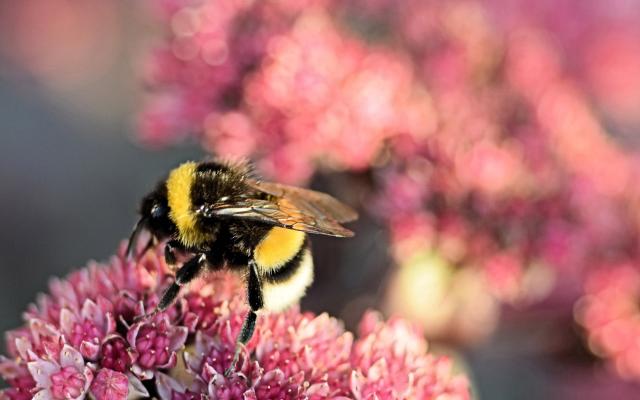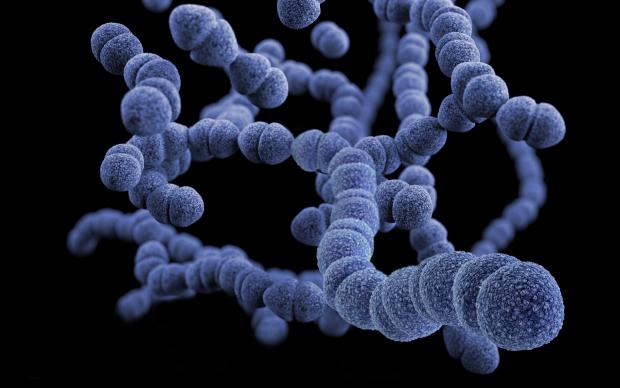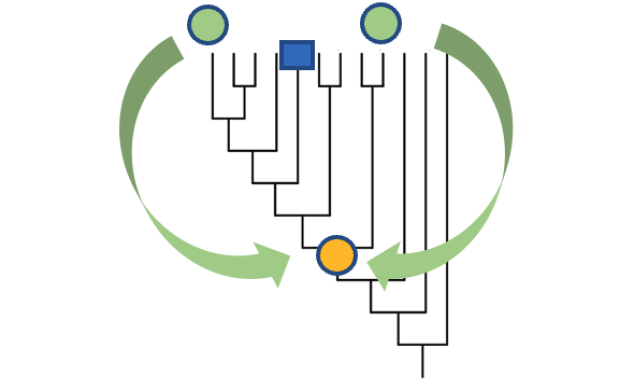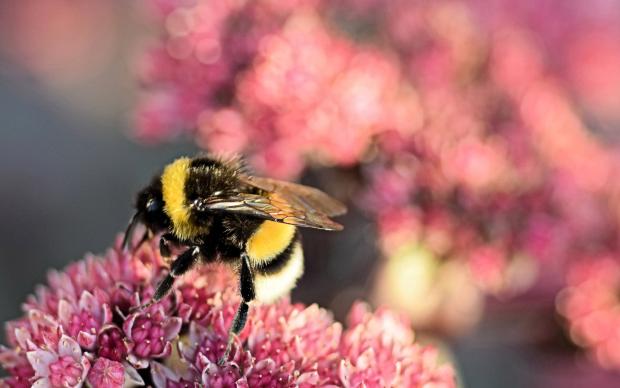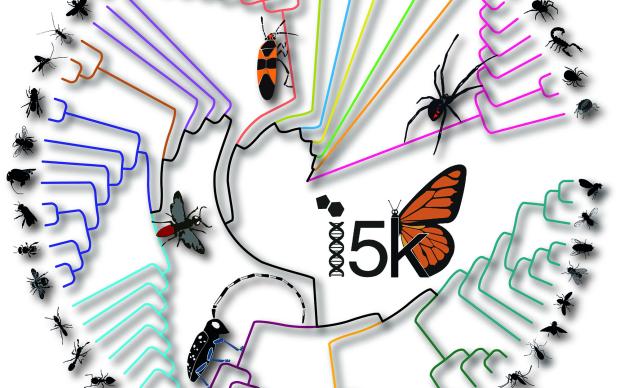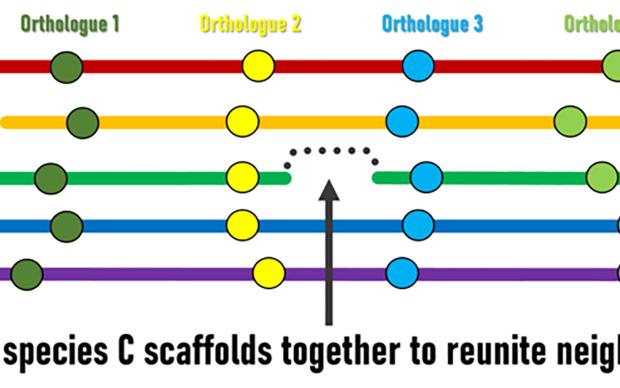A changing planet threatens many species, including bumblebees - globally important pollinators in natural ecosystems and in agricultural food production. To better understand the genetic variations and adaptations underlying their diverse ecology and behaviour, an international team co-led by SIB researchers at the University of Lausanne sequenced the genomes of 17 bumblebee species. This first genus-wide genomic characterisation of bumblebees opens up new possibilities to protect their biodiversity.
Bumblebees: ecology champions in danger
Bumblebees represent the Bombus genus, members of the Apidae family that includes honeybees, bumblebees, stingless bees and many more. With over 250 species, bumblebees are instantly recognisable as large, hairy, fluffy bees and, alongside the other >5’000 bee species around the world, they are renowned as key ecological players in plant pollination vital to the world’s food supply. Nevertheless, a series of interconnected causes ranging from habitat destruction, intensive agricultural pesticide usage, global warming, and pathogen transmission, have substantially contributed to declines of native bumblebee populations around the world.
International collaboration to map bumblebee genetic variation
An international team including partners from China, UK, USA, Russia, Italy, and Germany, co-led by SIB Group Leader Robert Waterhouse, sequenced and analysed 17 bumblebee species representing all 15 subgroups of the Bombus genus. “Our work provides high-quality genomic resources that capture natural genetic and phenotypic variation across bumblebees, thereby opening up new possibilities to harness and protect their diversity”, explains Waterhouse. The large-scale comparative study, published in the journal Molecular Biology and Evolution and featured as a research highlight in Nature Reviews Genetics, provides the first genus-wide quantification of genetic and genomic diversity potentially linked to key ecological and behavioural traits in bumblebees.
Signs of genetic adaptations linked to life, diet, behaviour, and the environment
In addition to examining diversity, the team used SIB SwissOrthology resources BUSCO and OrthoDB to characterise genomic evolution by identifying ‘equivalent’ genes across species (see ‘The science of comparing genomes’). Several interesting genetic features were discovered, hinting at adaptations to recognise flowers, to better cope with life at high altitudes, and to being able to forage scarce food sources over long distances. Interestingly, the study also found that bumblebees have fewer genes involved in detoxification of pesticides or defence against pathogens in comparison to many other insects. Such differences may help researchers to understand why some species are better equipped than others to tolerate or eliminate toxins or diseases.
The science of comparing genomes
Genomes of species alive today have been inherited from their ancestors over millions of years of evolution. Comparing them across species allows scientists to uncover a range of evolutionary features, such as the age of a gene (when and in which species did the gene occur for the first time), its evolutionary rate (how fast is the gene’s protein sequence changing) and its species-span (by how many species a gene is shared). Livio Ruzzante explains, “In comparative genomics we particularly aim to identify orthologous genes across species: these ‘equivalent’ genes have evolved from the same original gene in their last common ancestor, and more often than not, share the same or similar functions”. Livio’s research is focused on developing computational approaches to quantify such changes for all identifiable orthologous genes for any given set of species, thus defining a suite of evolutionary features that can then be measured or inferred. Genes with the most variable features are likely to be at least partially responsible for the observed diverse ecology and behaviour between species.
The case of the cuckoo bumblebees
Cuckoo bumblebees have no worker caste and instead take over social bumblebee colonies by dethroning their queen. Due to this atypical behaviour, it was long thought that they are only distantly related to bumblebees. The team’s results however show that cuckoo bumblebees are true members of the Bombus genus. Interestingly, their behavioural particularity seems to also be reflected in their genome: cuckoo bumblebees appear to have lost several genes encoding smell-detecting proteins. Because the species enslaves workers of their host colony to collect pollen and rear their brood, they perhaps no longer need this type of protein. “Such smell-detecting proteins, also known as odorant receptors, were in fact some of the most dynamically evolving of all gene families across all species”, explains SIB Member Livio Ruzzante. Developing computational methods to quantify such evolutionary features is at the heart of Ruzzante’s PhD research (see ‘The science of comparing genomes’), aiming to relate patterns of gene family evolution with the types of biological functions they perform.
The study provides researchers with a foundation from which to improve their understanding of how the increased use of monocultures and pesticides in modern agriculture, as well as changes in climate, impact bumblebee biodiversity, which in turn may advance research and applications in integrative agricultural land management and ecosystem preservation or restoration.
Reference(s)
Banner image credit: Janneke Alkema from Pixabay


